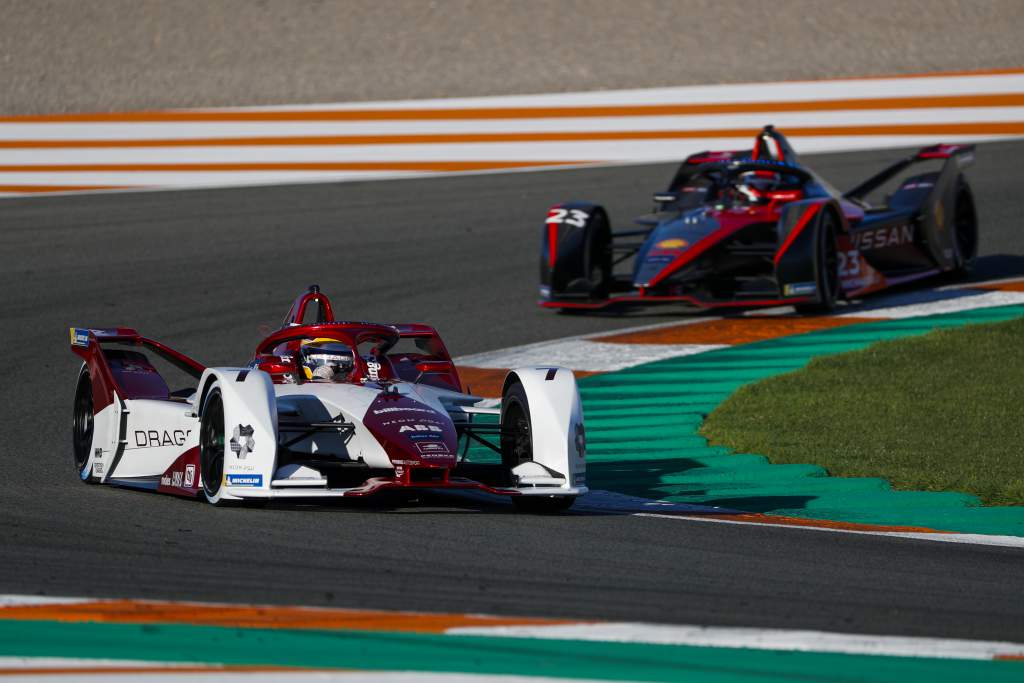There are expected to be no changes in the timing of when DS Techeetah, Nissan e.dams and Dragon Penske Autosport can introduce their new powertrains for the 2021 season.
The three so-called ‘slot two’ homologated cars are allowed to debut from April 5 onwards, meaning that first outings can happen from the Rome E-Prix – which was last week confirmed as taking place on April 10.
The annual homologation process was modified last summer to assist teams in global pandemic conditions, which were affecting supply chains for new components.
The regulations changed from a single season-by-season homologation to a dual-season plan but manufacturers had the option of introducing their final powertrain of the Gen2 era either at the start of the 2020-21 campaign or for the first European race in April.
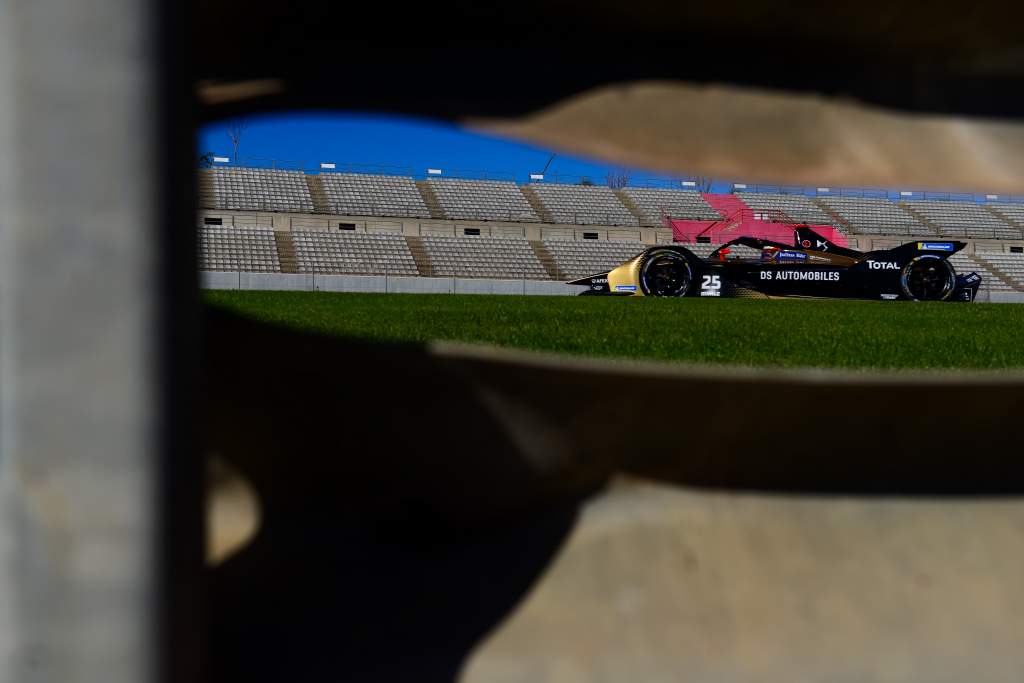
“The different homologation windows were introduced in agreement with both manufacturers and competitors in direct response to the COVID-19 pandemic,” FIA’s Frederic Bertrand told The Race.
“The aim was to address constraints in the supply chain and to enable them to meet manufacturing requirements within their respective homologation windows.
“In the meantime, the calendar has been altered as a result of regional and national government regulations imposed as a response to the pandemic, but the windows remain unchanged.”
A ‘third way’ also exists according to the official manufacturer registration regulations, whereby the homologation is allowed from the first race after June 14. However, with the calendar still not fully formed it is believed that all three of the teams that haven’t yet committed to their final Gen2 cars will use the Rome E-Prix to introduce their new tech.
The disruption to the 2020-21 calendar has ensured that the ‘slot two’ manufacturers of DS, Penske and Nissan will now only compete with their 2019-20 carry-over technical packages for two races in Diriyah.
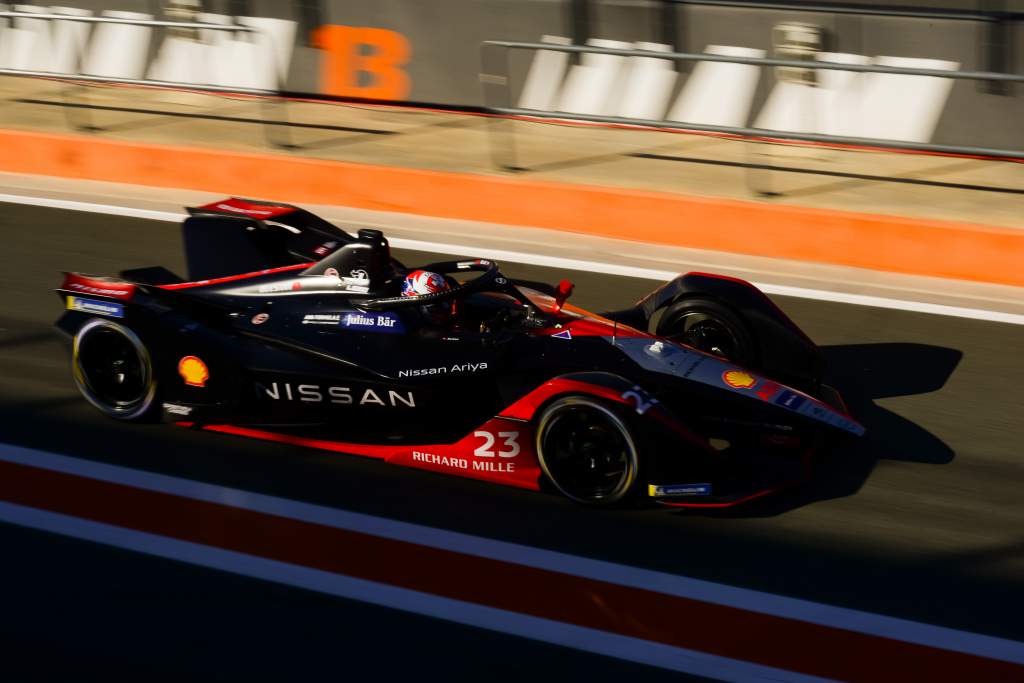
The Race understands that the Formula E Teams and Manufacturers Association met recently to discuss the matter.
Some ‘slot one’ manufacturers are known to have asked for clarification on the procedure for slot two in light of the calendar changes.
This is understood to have not been pursued because of a lack of unanimity to make an official request for the FIA to clarify and then possibly consider changing the date parameters for ‘slot two’ teams.
However, Mercedes-Benz EQ team principal Ian James indicated to The Race that some form of dialogue was still ongoing, saying: “We are, of course, aware of that the recent changes to the Season 7 calendar have implications regarding the introduction of hardware updates.
“Discussions with the FIA are ongoing, with regard to how this should be managed.”
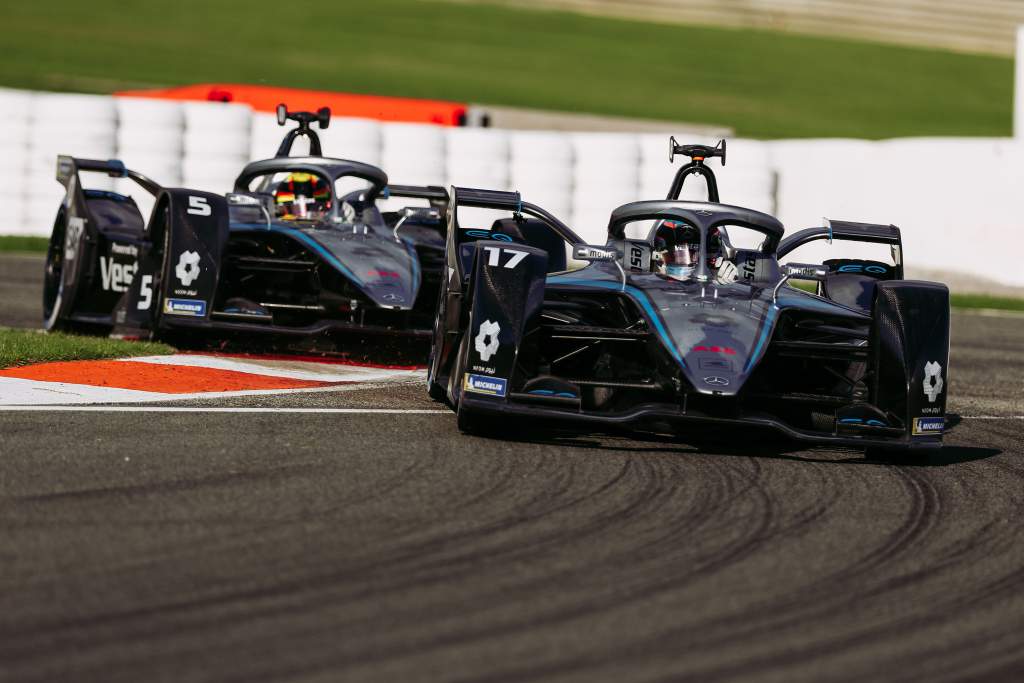
The lateness of the Santiago E-Prix postponement, which came on December 22 – just over three weeks before the event was due to take place – triggered the concerns of some teams in giving ‘slot two’ homologation applicants a perceived net advantage.
This put the FIA in a difficult position regarding the practicalities of even considering any changes due to circumstances beyond anyone’s control.
Francois Sicard, managing director of one of the teams to opt for a later homologation slot – Nissan e.dams – said: “That’s true that we are more comfortable timing-wise but this is not something we could anticipate and play with to go deeper in terms of development.
“There is not so much gain by introducing the powertrain later as the design has already been validated quite early.”
The FIA has addressed notions of perceived advantages of the ‘slot two’ teams by stating that ‘slot one’ homologated packages had three days of promoter testing in Valencia last November.
“As a reminder, those who have homologated their powertrain for the beginning of S7 had three days of testing in Valencia with the newly-homologated car that those introducing the car in April or June will not have,” opined Bertrand.
“Furthermore, all manufacturers have the possibility to continue doing private development tests until April 30.”
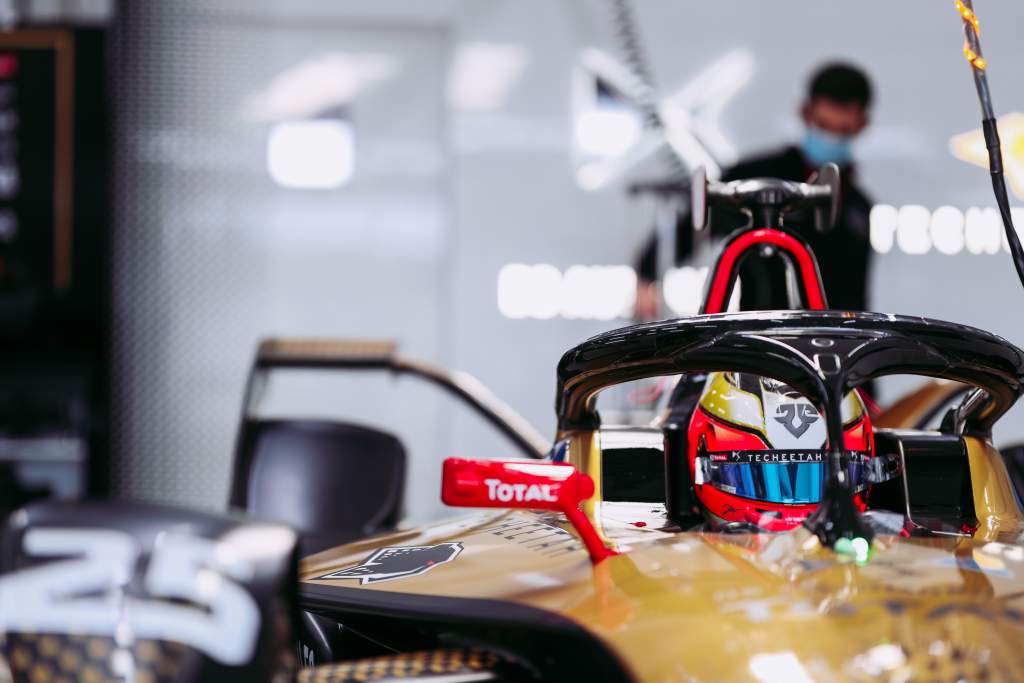
All of the necessary documentation on safety structure procedures and the presentation of homologation forms (which include specific drawings) had to be submitted to the FIA before Christmas, the same week that Santiago was postponed.
The homologation inspection and approval of the final homologation for ‘slot two’ entries is believed to have taken place last week as instructed in the official registration procedure.
However, the FIA does retain the right to modify the procedure at any time, even stating in its official publicly available document that it retains the right “to change any aspect of this procedure at any time, to issue an amended procedure, to cancel the procedure or to provide the Manufacturers with clarification in relation to the procedure”.
The declaration also states that “any such change, amendment or clarification may be issued by the FIA in such form as the FIA considers appropriate”.
Additionally, the homologation procedures registration document states that it does not “constitute a contract between the FIA and any Manufacturer. The FIA shall be under no obligation to accept any proposal submitted”.

